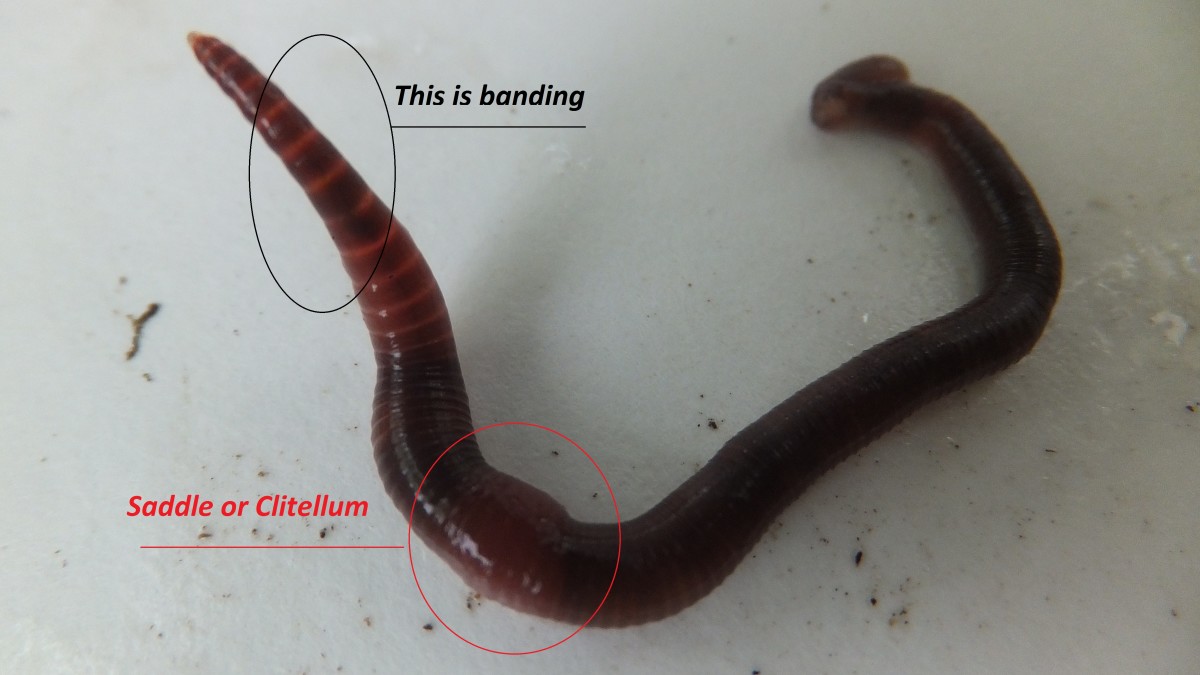Red Wiggler Worms - Perfect for Vermicomposting and Dirt Enrichment
Red Wiggler Worms - Perfect for Vermicomposting and Dirt Enrichment
Blog Article
Taking Full Advantage Of the Perks of Red Wiggler Worms: A Comprehensive Handbook for Home Gardeners and Urban Farmers
In the world of sustainable gardening techniques, red wiggler worms stand as unrecognized heroes, silently transforming natural waste right into nutrient-rich spreadings that can function marvels for soil health. As home garden enthusiasts and urban farmers progressively look for eco pleasant and economical methods to improve their yards, the prospective benefits of utilizing the power of red wigglers can not be overemphasized. From decreasing cooking area waste to growing healthier plants, the utilization of these simple creatures supplies a variety of benefits. By exploring the details of exactly how to effectively care for and make the most of the advantages of red wiggler worms, individuals can open a riches of possibilities for improving the sustainability and productivity of their gardening undertakings.
Understanding Red Wiggler Worms
Red Wiggler worms, renowned for their efficient composting abilities, are a species of earthworms widely made use of in vermiculture techniques. These worms, medically recognized as Eisenia fetida, prosper in rotting natural product, making them optimal prospects for composting.
One secret attribute of Red Wiggler worms is their reproductive rate. These hermaphroditic animals possess both male and women reproductive body organs, permitting them to duplicate rapidly under desirable problems. A mature Red Wiggler can generate numerous spawn in a brief period, making sure a constant population within a composting system.

Setting Up a Worm Container
When establishing a worm bin for vermiculture objectives, appropriate preparation and focus to detail are vital for creating a conducive setting for Red Wiggler worms. Begin by choosing a suitable container for your worm container.

Area the worm bin in a great, dark location away from straight sunlight and extreme temperatures. On a regular basis monitor the dampness degrees, including water if the bed linens really feels dry or half-cracked. Feed the worms a balanced diet plan of fruit and vegetable scraps, avoiding citrus fruits, onions, and spicy foods. By following these actions, you can set up a growing worm bin that will efficiently refine organic waste into nutrient-rich vermicompost for your garden.
Feeding and Keeping Worms
Guaranteeing a balanced and nourishing diet is crucial for the wellness and productivity of Red Wiggler worms in a vermiculture system. It is important to prevent feeding them citrus fruits, onions, garlic, milk items, meat, and oily click to read foods as these can be hazardous to the worms or create unpleasant odors in the container.
Correct dampness levels are likewise important for the wellness of Red Wiggler worms. By faithfully checking their diet plan, dampness, and environmental conditions, home garden enthusiasts and city farmers can sustain a effective and healthy and balanced Red Wiggler worm population for composting objectives.
Collecting Worm Spreadings
To efficiently draw out nutrient-rich worm castings from the vermicompost, a methodical harvesting process is crucial for optimizing the composting advantages. The very first step in harvesting worm spreadings is to motivate the worms to migrate to one side of the container.
After the castings have actually been gathered, it is important to separate any like this remaining worms from the castings to stay clear of damaging them during storage or application. One reliable method is to produce conical stacks of spreadings under brilliant light. Worms will intuitively move away from the light, permitting simple separation and removal.
Lastly, the gathered worm castings need to be saved in a great, dark, and dry location to keep their quality and effectiveness as a nutrient-rich soil change. By adhering to these actions, home gardeners and metropolitan farmers can maximize the benefits of red wiggler worms in their vermicomposting systems.
Using Worm Castings in Gardening
The incorporation of nutrient-rich worm castings right into garden soil can substantially enhance plant growth and general dirt health. Worm spreadings, additionally called vermicast, are an all-natural plant food created by red wiggler worms as they damage down raw material. These castings are abundant in important nutrients like nitrogen, phosphorus, potassium, and beneficial germs that promote plant development and improve soil framework.
When utilizing worm spreadings in horticulture, it is important to official source blend them completely into the dirt or utilize them as a leading dressing around plants. The slow-release nature of worm spreadings ensures a stable supply of nutrients to plants with time, reducing the danger of nutrient leaching and advertising long-lasting dirt fertility. Furthermore, worm spreadings aid improve soil oygenation, water retention, and microbial activity, creating a healthy and balanced atmosphere for plant origins to thrive.

Final Thought
Finally, the use of red wiggler worms in home horticulture and city farming can substantially benefit dirt wellness and plant growth. By recognizing just how to set up and maintain a worm container, feed the worms appropriately, and gather their nutrient-rich castings, garden enthusiasts can optimize the benefits of these earthworms. Integrating worm castings into gardening techniques can enhance soil fertility and overall plant performance. Generally, red wiggler worms provide a sustainable and efficient solution for improving yard and farm returns.
In the world of lasting horticulture methods, red wiggler worms stand as unhonored heroes, quietly changing natural waste into nutrient-rich castings that can function marvels for soil wellness.When developing a worm bin for vermiculture functions, appropriate prep work and interest to detail are necessary for creating a favorable environment for Red Wiggler worms. The first action in gathering worm spreadings is to encourage the worms to move to one side of the bin. Worm spreadings, likewise understood as vermicast, are an all-natural fertilizer produced by red wiggler worms as they damage down organic issue. By comprehending exactly how to set up and preserve a worm container, feed the worms correctly, and harvest their nutrient-rich castings, garden enthusiasts can optimize the benefits of these earthworms.
Report this page